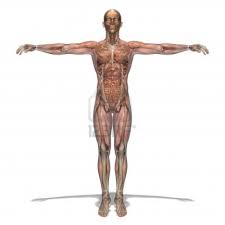Atrial Fibrillation
Atrial Fibrillation can be referred to as the abnormal beat or rhythm of the atrium (the upper chambers of the heart). It is one of the most common types of arrhythmias. An arrhythmia is simply an abnormal beat or impulse that originates outside the SA-node. The SA or sinoatrial node is known as the hearts real pacemaker. It is where impulses are the quickest at 60-80 beats per minute. It is located in the upper right quadrant of the heart, in the right atrium. Abnormal electrical signals that cause atrial fibrillation often originate in the left pulmonary veins rather than the sinoatrial node causing irregularities in the pattern of the heart depolarizing.










